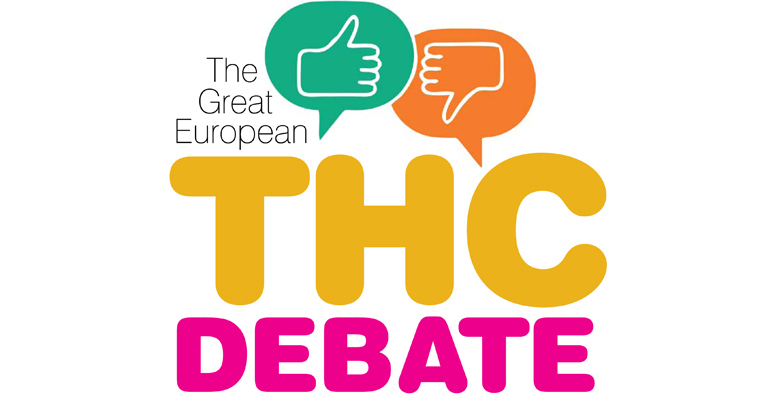EUROPEAN HEMP
(Third of 4 parts)
Part 1: Europe’s tough row to hoe: Lack of clarity on CBD, THC
Part 2: Europe’s Great THC Debate: Get moving or fall behind
Upcoming:
Part 4: Thursday, July 5: Demand strong for advice on CBD, startups, technology
As the European Union has sought to ensure that hemp growers don’t sneak marijuana into their fields, officials have all along operated on flimsy premises.
Experienced hemp food processors around the world know that harvesting technology and the process of cleaning the seeds are the key factors to reach low THC levels in food end-products. Over the last decade, thriving markets in North America and imports from Canada prove that hemp food products can be completely safe for the consumer.
No correlation
In Canada, the industry operates on the 0.3% THC limit on plants measured in the field. But while China is now installing the 0.3% in-the-field standard, it has for years operated under no THC limitations at all. In other words, both countries have shown their ability to produce food that meets food safety standards despite higher in-the-field levels of THC in the source crops. There can be no better demonstration of the fact that there is no direct correlation between THC in hemp flowers and leaves, and THC contamination on the seed shells.
Then, there’s the science. Cannabis sativa (hemp) is naturally dioecious, with separate male and female plants while Cannabis indica (marijuana) producers actively remove all male plants to prevent pollination, as the production of seed reduces the production of THC. This method of seedless cultivation (“sensimilla”) produces the best quality marijuana with THC levels greater than 15%, and also increases female flower yields considerably.
Social and market trends
By contrast, industrial hemp requires male or dioecious plants to provide pollen for seed production. Cross-pollination of high-THC cannabis with hemp pollen therefore significantly reduces THC levels in marijuana plants by producing unwanted seeds in the flowers, making the end product far less valuable to modern markets that search for high-THC products. And while cross-pollination of hemp with marijuana could increase the THC content of hemp, that comes only after several generations of careful selection and breeding.
Meanwhile, the EU’s attempts to minimize marijuana production over the past two decades – i.e. its complicity in the Drug War – have consistently run counter to prevailing social and market trends. Making maximum 0.2% THC in hemp as a sort of “holy grail” has done nothing to slow down the consumption of high-THC cannabis across the continent anyway.
Pot usage continues to grow
According to drug market statistics, more and more people are using marijuana for both medical and recreational purposes since the end of the last century, when the limit for hemp in THC was lowered to 0.2 %. Moreover, THC levels have increased significantly in cannabis samples over the last two decades – meaning that lowering the THC limit for industrial hemp has had no effect on advances in marijuana production or consumption.
It’s clear that the misguided attempts by the EU to minimize illicit production of marijuana have not been achieved by lowering the THC limits in industrial hemp from 0.3 % to 0.2 % in 1999. Rather, they’ve had the unwanted effect of placing unnecessary and costly burdens on those working to create a viable and vital hemp foods sector for Europe.

